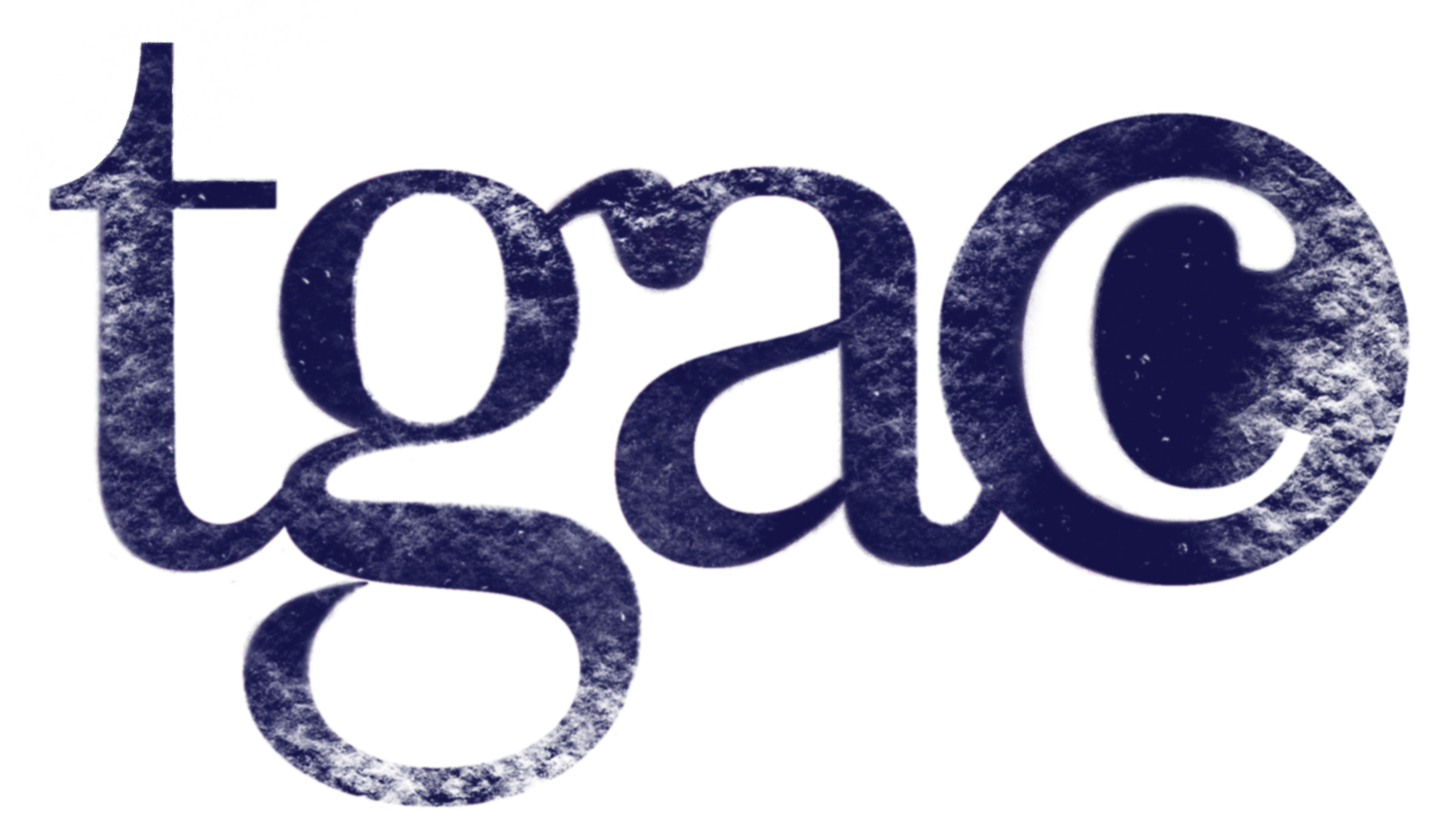Radical Interpretive Tendency
Launching our new website seemed like a good moment to look back at how TGAC got started (pretty much by accident, in fact). And how things have changed since.
To fist time visitors, welcome, and to friends old and new, welcome back.
We recorded this interview with Tricia Austin from UAL in 2019 for a book she was editing on the development of museums. Listening to it now, I’m struck by how much the 1980s/90s movement to transform the museum experience was part of a wider trend to connect up knowledge, liberate culture from the hands of institutions and hear different voices in the cultural space.
It’s no surprise that these changes started with science and natural history, rather than fine art or painting. London’s Natural History Museum holds over 80 million specimens and almost none of them were collected to look pretty or make a good display. When the story of an object is a beauty deep below the surface, you need to tell a very compelling story to bring it out – interpretation, in other words.
We used to call ourselves the Radical Interpretive Tendency in those days, and I still like the title. ‘Dumbing Down’ was the charge most often levelled against museums trying to make their collections more relevant and accessible back then (it still is).
I don’t buy this. There are many ways to tell people to stay away from your museum, and making them feel stupid is one of the most effective.
So this interview section about origins (there’s more to come!) is also a personal shout-out for the people at the NHM (Roger Miles, Giles Clark, Angela Milner) and elsewhere who kicked down the institutional door and invited the visitor – any visitor – to come in and enjoy themselves.
In an increasingly digital age, it’s interesting to think what a radical interpretive tendency might do next.
You can download a full transcript of the conversation, here.

